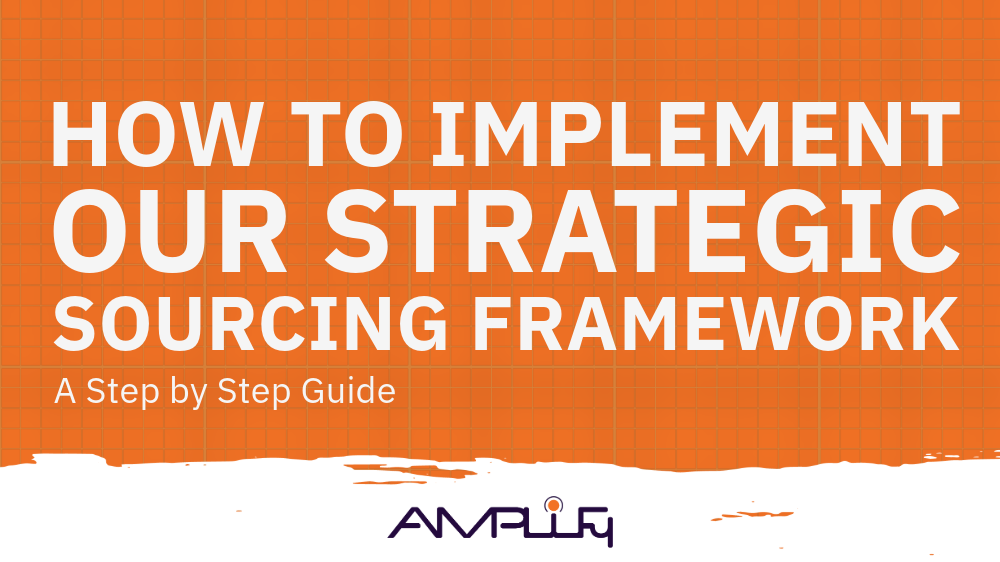Important Linux Features
Following are some of the important features of Linux Operating System.
- Portable – Portability means softwares can works on different types of hardwares in same way.Linux kernel and application programs supports their installation on any kind of hardware platform.
- Open Source – Linux source code is freely available and it is community based development project. Multiple teams works in collaboration to enhance the capability of Linux operating system and it is continuously evolving.
- Multi-User – Linux is a multiuser system means multiple users can access system resources like memory/ ram/ application programs at same time.
- Multiprogramming – Linux is a multiprogramming system means multiple applications can run at same time.
- Hierarchical File System – Linux provides a standard file structure in which system files/ user files are arranged.
- Shell – Linux provides a special interpreter program which can be used to execute commands of the operating system. It can be used to do various types of operations, call application programs etc.
- Security – Linux provides user security using authentication features like password protection/ controlled access to specific files/ encryption of data.
Linux is fast, free and easy to use, power laptops and servers around the world. Linux has many more features to amaze its users such as:
- Live CD/USB: Almost all Linux distributions have Live CD/USB feature by which user can run/try the OS even without installing it on the system.
- Graphical user interface (X Window System): People think that Linux is a command line OS, somewhere its true also but not necessarily, Linux have packages which can be installed to make the whole OS graphics based as Windows.
- Support’s most national or customized keyboards: Linux is used worldwide and hence available in multiple languages, and supports most of their custom national keyboards.
- Application Support: Linux has its own software repository from where users can download and install thousands of applications just by issuing a command in Linux Terminal or Shell. Linux can also run Windows applications if needed.
Recent Posts

By David Collier
•
September 3, 2025
Summer has officially wound down, and as we step into September, the clock already started ticking for 2026. For executives, boards, and senior leaders, this is your moment to pause and ask a critical question: Do we have a clear, actionable plan to guide our organization into the next fiscal and calendar year? If you haven’t started, you’re already behind. The Cost of Waiting Markets are moving faster, technological innovation is reshaping industries daily, and the competitive landscape is anything but forgiving. Thriving organizations are the ones that anticipate disruption, set direction early, and align resources to execute with discipline. When companies delay annual planning, three things typically happen: Teams get stuck in reactive mode instead of proactively driving strategy Investments drift without clear ROI measures. Leadership spends more time putting out preventable fires instead of building sustainable growth. Why the Work Starts in September Annual planning is not a “December activity.” By then, budgets are frozen, priorities are locked, and the opportunity for bold shifts passed long ago. September is when leaders should start shaping the Goals, Objectives, Strategies, and Tactics that define the Annual Operating Plan. Done right, this process brings: Clarity and focus – align executives, boards, and staff on what matters most. Scalability and efficiency – ensure processes and structures keep pace with growth. Confidence in change – provide the roadmap needed to navigate transformation with control and measurable success. Where Many Organizations Struggle Whether you’re a rapidly scaling startup, a mature enterprise, or a mid-market company juggling priorities, the challenges are often the same: No formal plan to guide business activity for the next 12–24 months. Difficulty prioritizing “the right things” amid competing demands. Frustration when large, complex initiatives underdeliver on expectations. Teams overworked but misaligned, with unclear visibility into progress. Practical Tips for Executives and Boards While every organization’s journey is unique, here are a few starting points: Start with the end in mind. What do you want 2026 to look like? Work backwards to define the steps. Bring in diverse perspectives. Boards, executives, and front-line leaders all see different parts of the business. Focus on agility, not just control. Build room for flexibility so your plan evolves as the market shifts. Don’t reinvent the wheel. Mature organizations often need fine-tuning, not reinvention—whereas growth-stage firms may need help building structure for the first time. How Amplify Helps At Amplify, we partner with leadership teams to design operating plans that are not just theoretical, but actionable. Our blend of strategy, operations, and transformation expertise allows us to meet organizations where they are—whether you’re defining your first framework or refining a well-established planning cycle. The question isn’t if you’ll need a 2026 plan. The question is how ready will you be when the new year arrives? If your organization hasn’t started, the best time to begin is today.

By Matt Trembicki
•
March 26, 2025
Talent is the single biggest factor in whether a high-growth company thrives or stalls. As companies scale, the challenge shifts from just hiring quickly to hiring the right people who can grow with the business. At Amplify Resources Group, we’ve seen firsthand how hiring missteps can slow down even the most promising companies: Bad hires cost companies 30% of annual salary in lost productivity and rehiring costs. Hiring delays can set growth targets back 6-12 months. Companies that don’t hire for future needs end up in constant reactive mode , always playing catch-up. So, how do you build a scalable and future-proof talent strategy? Here’s our 4-step framework to help high-growth companies hire, develop, and retain the right people for sustainable success.
Recent Posts

By David Collier
•
September 3, 2025
Summer has officially wound down, and as we step into September, the clock already started ticking for 2026. For executives, boards, and senior leaders, this is your moment to pause and ask a critical question: Do we have a clear, actionable plan to guide our organization into the next fiscal and calendar year? If you haven’t started, you’re already behind. The Cost of Waiting Markets are moving faster, technological innovation is reshaping industries daily, and the competitive landscape is anything but forgiving. Thriving organizations are the ones that anticipate disruption, set direction early, and align resources to execute with discipline. When companies delay annual planning, three things typically happen: Teams get stuck in reactive mode instead of proactively driving strategy Investments drift without clear ROI measures. Leadership spends more time putting out preventable fires instead of building sustainable growth. Why the Work Starts in September Annual planning is not a “December activity.” By then, budgets are frozen, priorities are locked, and the opportunity for bold shifts passed long ago. September is when leaders should start shaping the Goals, Objectives, Strategies, and Tactics that define the Annual Operating Plan. Done right, this process brings: Clarity and focus – align executives, boards, and staff on what matters most. Scalability and efficiency – ensure processes and structures keep pace with growth. Confidence in change – provide the roadmap needed to navigate transformation with control and measurable success. Where Many Organizations Struggle Whether you’re a rapidly scaling startup, a mature enterprise, or a mid-market company juggling priorities, the challenges are often the same: No formal plan to guide business activity for the next 12–24 months. Difficulty prioritizing “the right things” amid competing demands. Frustration when large, complex initiatives underdeliver on expectations. Teams overworked but misaligned, with unclear visibility into progress. Practical Tips for Executives and Boards While every organization’s journey is unique, here are a few starting points: Start with the end in mind. What do you want 2026 to look like? Work backwards to define the steps. Bring in diverse perspectives. Boards, executives, and front-line leaders all see different parts of the business. Focus on agility, not just control. Build room for flexibility so your plan evolves as the market shifts. Don’t reinvent the wheel. Mature organizations often need fine-tuning, not reinvention—whereas growth-stage firms may need help building structure for the first time. How Amplify Helps At Amplify, we partner with leadership teams to design operating plans that are not just theoretical, but actionable. Our blend of strategy, operations, and transformation expertise allows us to meet organizations where they are—whether you’re defining your first framework or refining a well-established planning cycle. The question isn’t if you’ll need a 2026 plan. The question is how ready will you be when the new year arrives? If your organization hasn’t started, the best time to begin is today.

By Matt Trembicki
•
March 26, 2025
Talent is the single biggest factor in whether a high-growth company thrives or stalls. As companies scale, the challenge shifts from just hiring quickly to hiring the right people who can grow with the business. At Amplify Resources Group, we’ve seen firsthand how hiring missteps can slow down even the most promising companies: Bad hires cost companies 30% of annual salary in lost productivity and rehiring costs. Hiring delays can set growth targets back 6-12 months. Companies that don’t hire for future needs end up in constant reactive mode , always playing catch-up. So, how do you build a scalable and future-proof talent strategy? Here’s our 4-step framework to help high-growth companies hire, develop, and retain the right people for sustainable success.


